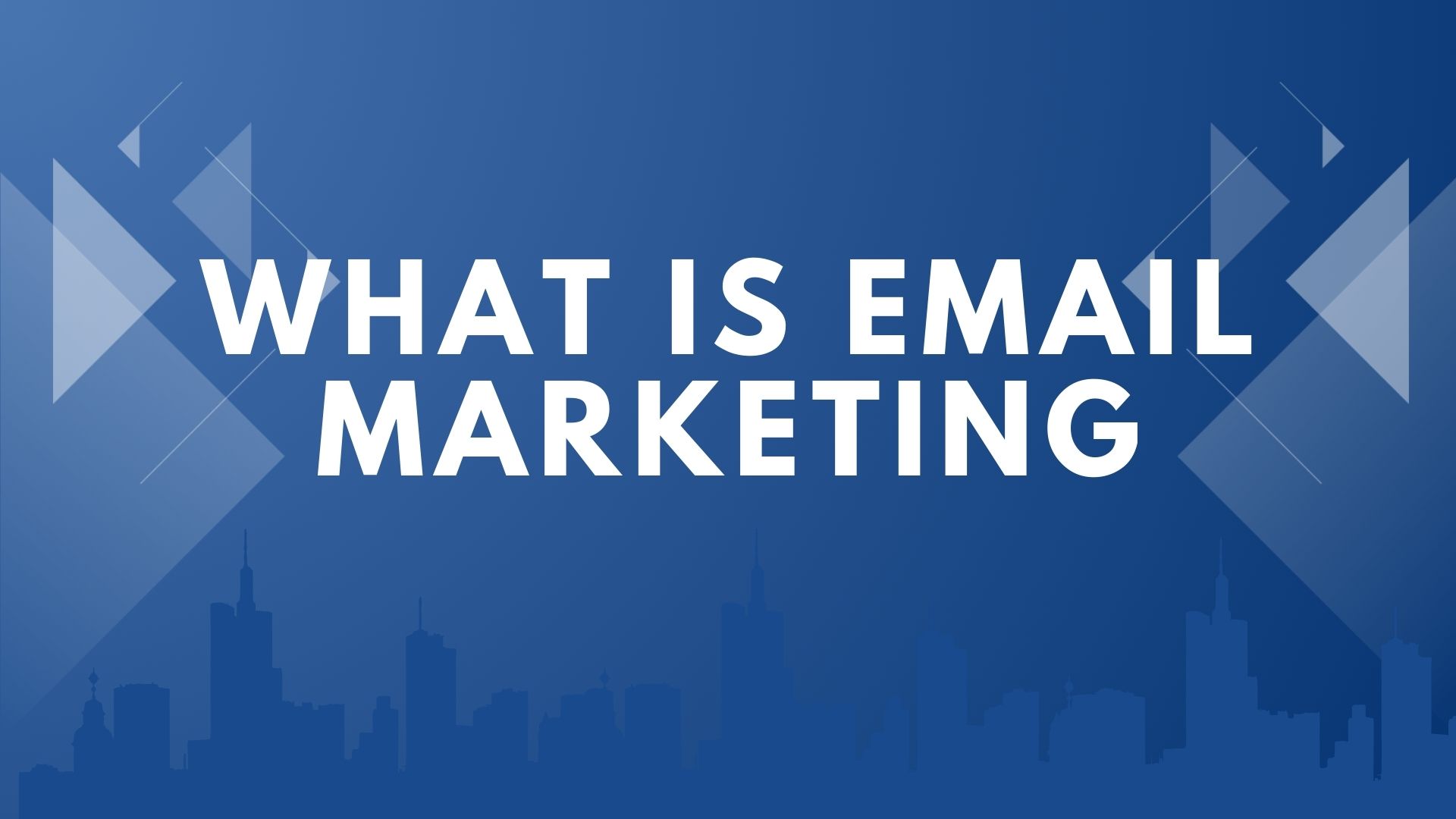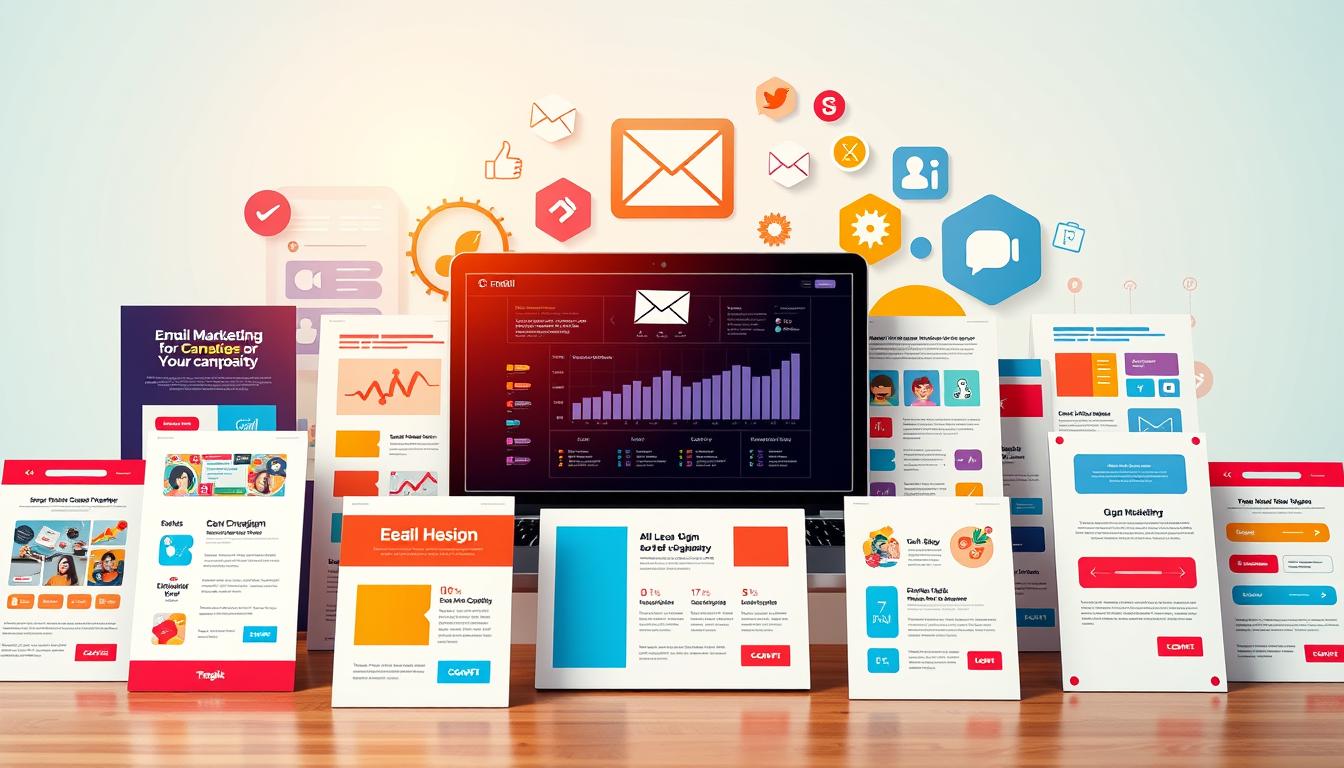Businesses must find ways to connect with their audience effectively. Among all the marketing strategies available, email marketing stands out as one of the most powerful and cost-effective tools. It allows businesses to build relationships, promote products, and drive sales—all while providing measurable results.
If you’re wondering “what is email marketing?” or how it can benefit your business, this comprehensive guide will provide everything you need to know, from definitions and strategies to tools, best practices, and future trends.
Email marketing is one of the oldest yet most effective digital marketing strategies. It allows businesses to communicate directly with their audience, providing personalized content that resonates with subscribers. Unlike social media marketing, which relies on algorithms, email marketing gives you direct access to your customers’ inboxes.
With proper strategy, businesses can use email marketing to:
- Nurture leads and prospects
- Boost customer loyalty
- Drive traffic to websites or online stores
- Increase conversions and sales
What is Email Marketing?
Email marketing is the process of sending targeted emails to a group of subscribers or potential customers to promote products, share content, provide updates, or nurture relationships.
Key points about email marketing include:
- Direct Communication: Emails land in the subscriber’s inbox.
- Personalization: Content can be customized for each recipient.
- Measurable Results: Trackable metrics such as open rates, click-through rates, and conversions.
In simple terms, email marketing is about building relationships and trust through consistent, value-driven communication.
History of Email Marketing
Email marketing has evolved significantly over the years:
- 1970s: The first electronic messages were sent via ARPANET.
- 1990s: Businesses began using emails to reach customers digitally.
- 2000s: Email marketing became more sophisticated with automation, analytics, and segmentation.
- Today: Advanced personalization, AI-driven campaigns, and integrated marketing tools have transformed email marketing into a highly effective business strategy.
Why Email Marketing is Important in 2025
Email marketing remains critical for businesses of all sizes because it offers:
- High ROI: Studies show email marketing generates an average return of $36 for every $1 spent.
- Direct Engagement: Emails are more personal and less reliant on social media algorithms.
- Customer Retention: Regular updates and promotions keep your audience engaged.
- Data-Driven Decisions: Performance metrics allow businesses to optimize campaigns.
- Integration With Other Channels: Supports content marketing, social media, and e-commerce.
In 2025, email marketing is not just a tactic—it’s a strategic component of digital marketing that drives measurable results.
Types of Email Marketing
Businesses use different types of email marketing campaigns depending on goals and audience behavior:
Newsletter Emails
- Share updates, insights, or educational content.
- Build brand authority and trust.
Promotional Emails
- Highlight products, services, or special offers.
- Encourage sales and conversions.
Transactional Emails
- Sent in response to an action, such as order confirmations or password resets.
- Enhance customer experience and reliability.
Behavioral Emails
- Triggered by user actions, like abandoned cart reminders or browsing behavior.
- Increase relevance and engagement.
Automated Drip Campaigns
- Pre-written sequences that guide leads through the sales funnel.
- Provide value at each stage of the customer journey.
Benefits of Email Marketing
Email marketing provides numerous advantages:
- Cost-Effective: Lower costs than paid advertising channels.
- Measurable: Track opens, clicks, conversions, and ROI.
- Personalized: Tailor messages to each subscriber.
- Segmented: Send targeted campaigns to specific groups.
- Automated: Save time with scheduling and workflows.
- Boosts Conversions: Encourages subscribers to take action, such as purchasing or signing up.
How Email Marketing Works: Step-by-Step
Here’s how to run a successful email marketing campaign:
Build Your Email List: Collect emails ethically through website forms, lead magnets, or social media.
Segment Your Audience: Group subscribers based on interests, demographics, or behavior.
Craft Compelling Content: Use strong subject lines, engaging copy, and clear CTAs.
Design Emails: Ensure your emails are mobile-friendly with attractive templates.
Send Emails: Schedule or automate campaigns.
Analyze Results: Track performance metrics and optimize for future campaigns.
Building an Effective Email Marketing Strategy
An effective email marketing strategy requires:
- Setting Goals: Define objectives like lead generation, sales, or brand awareness.
- Understanding Your Audience: Know their needs, preferences, and pain points.
- Personalizing Campaigns: Use names, past purchases, or browsing history to tailor emails.
- Automating Workflows: Trigger emails based on actions, events, or timing.
- Testing & Optimizing: Use A/B testing on subject lines, content, and CTAs to improve performance.
Top Email Marketing Tools
Choosing the right tool makes email marketing easier and more effective. Here are some top platforms:
MailerLite
- Best For: Beginners and small businesses
- Features: Drag-and-drop editor, automation, segmentation, landing pages
- Pros: Easy to use, cost-effective
- Cons: Limited advanced features
Mailercloud
- Best For: Small to mid-sized businesses
- Features: Email automation, webinars, landing pages, analytics
- Pros: All-in-one solution, scalable
- Cons: Slightly steeper learning curve
SmartLeads
- Best For: Lead generation and automated campaigns
- Features: Lead capture, funnels, segmentation, analytics
- Pros: Strong lead-focused automation
- Cons: Fewer templates and integrations than mainstream tools
Systeme.io
- Best For: Online entrepreneurs needing an all-in-one platform
- Features: Email campaigns, sales funnels, membership sites, affiliate management
- Pros: Affordable, versatile, all-in-one
- Cons: Some features are basic compared to dedicated tools
Choosing the Right Tool:
- Beginners: MailerLite
- All-in-One Marketing: GetResponse or Systeme.io
- Lead Generation Focus: SmartLeads
Email Marketing Best Practices
- Craft compelling subject lines
- Personalize emails for individual subscribers
- Segment your audience for targeted campaigns
- Optimize for mobile devices
- Include strong, clear calls-to-action
- Monitor metrics and refine campaigns regularly
Common Mistakes to Avoid
- Buying email lists instead of growing organically
- Sending irrelevant or generic content
- Ignoring mobile optimization
- Neglecting personalization or segmentation
- Failing to comply with GDPR or CAN-SPAM regulations
Measuring Email Marketing Success
Track these key metrics to gauge performance:
- Open Rate: Percentage of subscribers who open emails
- Click-Through Rate (CTR): Percentage clicking links or CTAs
- Conversion Rate: Percentage completing the desired action
- Bounce Rate: Emails that failed to deliver
- Unsubscribe Rate: Subscribers who opted out
Analyzing these metrics allows you to continuously improve campaigns and maximize ROI.
Future Trends in Email Marketing
- AI-Powered Personalization: Dynamic, automated content based on user behavior
- Interactive Emails: Polls, surveys, and embedded forms
- Omnichannel Integration: Seamless marketing across email, SMS, and social media
- Privacy-Focused Marketing: Compliance with GDPR and CCPA
- Enhanced Automation: Smarter workflows triggered by AI predictions
Staying on top of trends ensures your campaigns remain competitive and effective.
Frequently Asked Questions (FAQ)
What is email marketing?
Email marketing is sending targeted emails to engage, nurture, or promote products to an audience.
Why is email marketing important?
It helps businesses build relationships, increase sales, and measure results.
How do I choose the best email marketing tool?
- Beginners: MailerLite
- All-in-One: GetResponse or Systeme.io
- Lead Generation Focus: SmartLeads
How often should I send emails?
1–4 emails per month is ideal; consistency matters more than frequency.
How can I improve email engagement?
Use personalization, segmentation, strong subject lines, mobile optimization, and clear CTAs.
Conclusion and Call-to-Action
Email marketing is a powerful, measurable, and cost-effective strategy to grow your business in 2025. By understanding your audience, personalizing messages, and leveraging tools like MailerLite, GetResponse, SmartLeads, and Systeme.io, you can drive engagement, nurture leads, and increase conversions.










Leave a comment